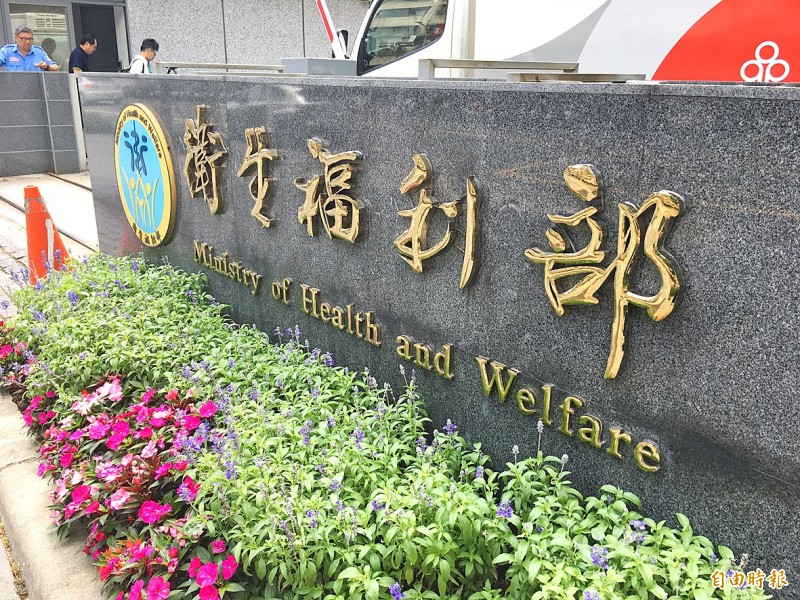《TAIPEI TIMES》Planned cap on medical device costs scrapped

The Ministry of Health and Welfare’s name and logo are pictured outside its Taipei headquarters in an undated photograph. Photo: Lin Hui-chin, Taipei Times
QUALITY CONCERNS: The medical sector said that the policy would keep high-quality gear from entering the market and ignored differences between clinics
/ Staff writer, with CNA
The government on Friday scrapped a plan to cap patient’s out-of-pocket expenses for some medical devices, saying that it would instead focus on offering price comparisons and using non-legislative mechanisms to “persuade” healthcare providers who charge significantly more than industry norms to change their pricing.
The plan, which was announced on June 8 and was scheduled to take effect on Saturday next week, would have set a maximum price for out-of-pocket copayments for 352 items in eight medical device categories, ranging from pacemakers to intraocular lenses, offered by the National Health Insurance Administration (NHIA).
For devices in those categories, the NHIA generally only covers the cost of a basic version, meaning that people have to cover the excess if they require a product that is more advanced or has additional features.
However, Minister of Health and Welfare Chen Shih-chung (陳時中) on June 13 suspended the plan after a meeting with representatives from the medical sector, who said that the policy would prevent high-quality medical devices from entering the market and ignored the differences in medical quality, techniques and technology used at different hospitals and clinics.
The representatives also said that it would mainly benefit private insurance companies, saving them from high reimbursement costs.
Meanwhile, proponents of the policy said that many people in Taiwan do not have private health insurance, while those with limited healthcare access, such as low-income earners or people in rural areas, are often unable to shop around for better prices.
After hearing from both sides, the NHIA announced in a news release that it was withdrawing the plan.
In the absence of formal price caps, the NHIA would instead focus on monitoring how the devices are priced industrywide and responding to complaints about prices, Medical Review and Pharmaceutical Benefits Division Deputy Director Huang Chao-chieh (黃兆杰) said.
It would also take into consideration factors such as clinical technologies and techniques to refine its range of normal pricing for each type of device, Huang said.
Hospitals and clinics whose prices exceed those norms would not be allowed to log their products on the NHIA’s medical device comparison Web site, he said.
The NHIA would also “communicate with” and try to “persuade” institutions with excessively high prices to offer more affordable prices, he said.
The eight device categories are: intraocular lenses, prosthetic heart valves, artificial hip joints, drug-eluting coronary artery stents, pacemakers, drug-eluting stents used in superficial femoral artery treatment, ablation catheters for treatment of complicated cardiac arrhythmia and programmable valve systems.
新聞來源:TAIPEI TIMES
















